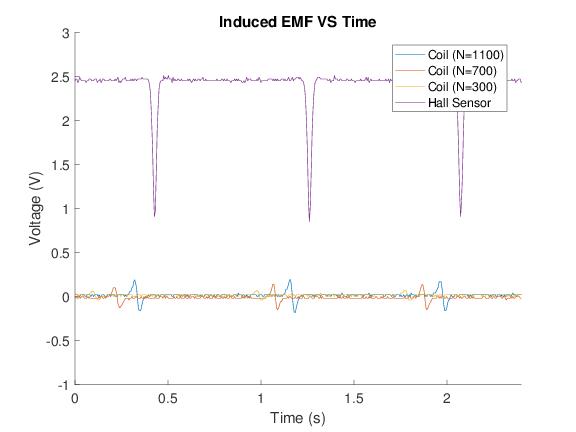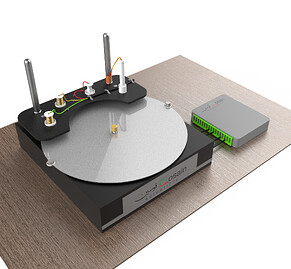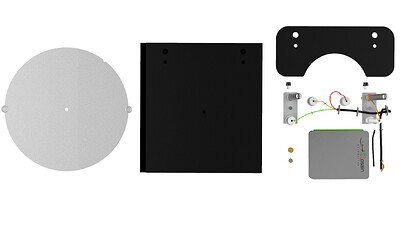A simple setup to explore magnetic fields, flux, and electromagnetism.
Overview
• A simple setup to explore magnetic fields, flux, and electromagnetism
• Understanding Faraday’s laws of electromagnetism.
• Disk magnet field mapping using a Hall probe.
• Investigating discrepancies between theoretical predictions and experimental observations.
• Calculating uncertainties.
How it works
The experiment setup comprises a rotating disk, assembly of solenoids, a Hall probe, and all these connected to Qosain Scientific’s Physlogger. Beautiful signals of emf can be observed on the PC when the magnet carrying disk is rotated, and also, the field of the magnet as it approaches and recedes from the Hall Sensor. As solenoids are connected to the differential channel of Physlogger, floating signals of emf are logged by the Physlogger.

Major parts included
- Rotating disk and Assembly of solenoids
- Hall probe
- PhysLogger
- Magnets
- Wooden scale
- Connecting wires
Parts not Included:
• Computer
Usage of Apparatus
This apparatus is used to, but not limited to:
• finding the magnetic field.
• the magnetization of a disk magnet.
• verifying Faraday’s law of electromagnetic induction.
• showing that emf induced in the solenoid depends on the number of turns in the pick-up coil, the speed, and the direction of rotation.
Points to Ponder!
- Why does a magnet rotate a current carrying loop placed close to it?
- Why does the secondary winding of a transformer carry a current even when it is not connected to a voltage source?
- How does a bicycle dynamo work?
- How does the Mangla Power House generate electricity?
Perform this experiment and try to find the answer to the above questions.
You can get the PDF version of the brochure by clicking on this link.

